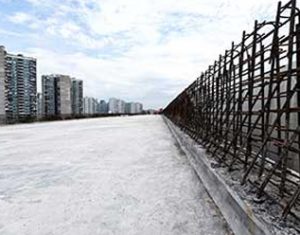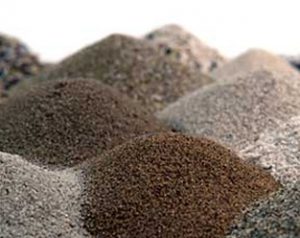COREBOND FR TECHNOLOGY
GREEN CONCRETE
ENVIRONMENTALLY RESPONSIBLE & ECONOMICALLY SOUND
A STARTLING FACT

Concrete, which is used throughout the world in buildings, dams, roads and other construction projects, is the second most consumed substance on earth after water. The main ingredient in the most widely used concrete is Portland cement, which accounts for about 5% to 10% of all greenhouse gas emissions. Portland cement is made by heating limestone and other materials to extreme temperatures, causing greenhouse gases to be released into the atmosphere at a rate of one ton of carbon dioxide for every ton of cement produced.
A SERIOUS PROBLEM

Traditional Portland cement is produced by mining and depositing a calcium source mineral, a silicon source mineral and other materials into a large rotary kiln. The kiln is heated between 2,300° to 3,000° Fahrenheit using coal, natural gas or other hydrocarbons creating a particle called clinker. This clinker is placed into large grinders where calcium sulfate is added, resulting in Portland cement. The energy requirements and greenhouse gas release is significant throughout the process.
A SUPERIOR SOLUTION

Aluminopolymer concrete—the economical, more durable, and environmentally friendly concrete with a carbon footprint of only about 10% of Portland cement. Our product is made by recycling waste from fly ash, ground granulated blast-furnace slag (a steel production waste) and other naturally occurring minerals from around the world. We offer tremendous environmental benefits: decreased CO2 output, energy reduction, preservation of virgin resources, reduced landfill requirements and profound water savings.
UNIQUE PRODUCTION

The production of Aluminopolymer cement does not require heating at all. Instead, various minerals and silicates are blended together, resulting in cement that is of a significantly higher quality than Portland cement and is batched at traditional ready-mixed concrete facilities using identical protocols.
